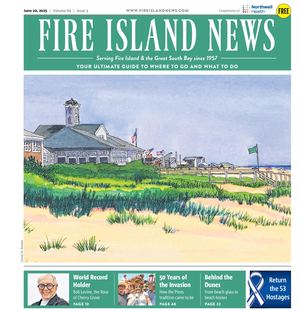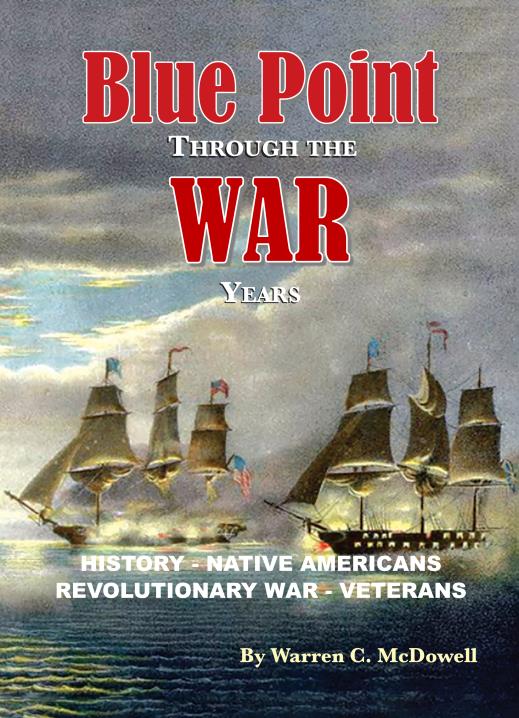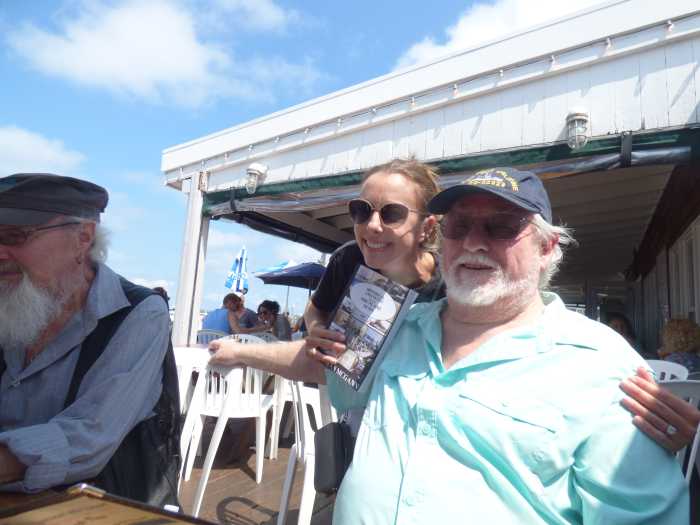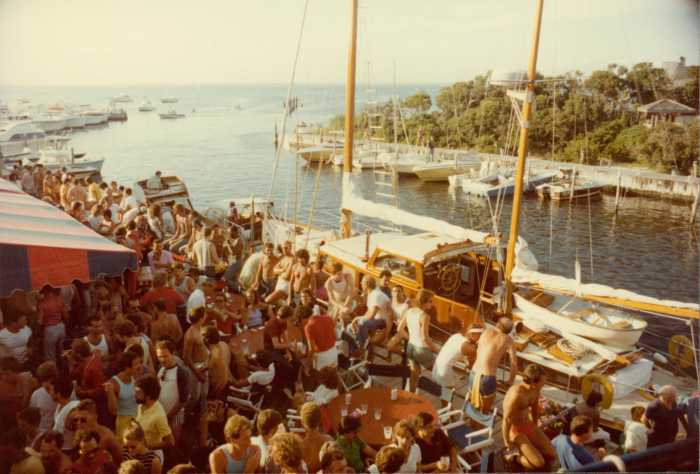Blue Point Through the War Years
By Warren C. McDowell
History
No stranger to research, author of “Fire Island Saga, How Fire Island Got Its Name,” Warren C. McDowell turns his fact-finding skills to Blue Point.
A lifelong resident of this vest-pocket hamlet (pop. 5,156 at the 2020 census), he pays homage to its little-known but big role in our nation’s history—from the Secatogue Indians and the first Blue Point settlers to the modern era of the 1900s.
How did his hometown get its moniker? One story is that the name derived from the blue point inside the prized oysters of the Great South Bay. Another has its origin in the “blue haze around the point of landing,” though McDowell points out that in all the time he lived and worked in the area, he never saw a “distinct blue haze near the point.” He urges readers to put legends and folk tales aside.
“In history, if it is not documented, it’s a story,” he writes.
McDowell doesn’t skimp on documentation. Readers will find color photos, drawings, and original maps to support the text on the book’s glossy pages.
An account from the 1600s observes the Secatogue women crafting fishing nets from “animal tissues and vegetable fibers, wool and intestines that they worked with a sharp bone needle.” I’ll never gripe about housework again.
At the start of the Revolutionary War, the “local militia” comprised farmers and baymen, the latter more successful because they could go out in the waters and patrol the inlets. When the British occupied Blue Point, Hessian mercenaries, some so poor they worked only for food rations, made toys for the local children, and taught them German games and carols. The community took to them and offered citizenship, land, “two pigs and a cow,” to soldiers who deserted and signed up with the Americans. Many took the offer and remained in Blue Point after the war, ergo, “a good number of [Blue Point] Germans owe their sir names to Hessian heritage.” Details such as these make for interesting reading… As do the privateers.
“A form of legal piracy,” privateers had a hay day during the Revolution: Continental Navy Ships: 64, Privateers: 1,697. “A letter of marque” (a government license), permitted the pillage. The vehicle of preference was the whaleboat. Light and pointed at each end, they could “shoot ahead of any ordinary boat… they could even attack unprovoked on land and sea.” A photocopy on Congressional stationery signed by President John Handcock authorizing an attack. The most famous raids of the Revolution took place “on or off Blue Point.”
McDowell notes that his hometown has been “ignored and passed over by local historians.” He takes up the cause by digging into the Brooklyn Eagle archive of June 27, 1899, which cites and pictures a cannonball “fired by the British by the War of 1812 from a point near Blue Point.”
Blue Point Veterans Memorial Park, dedicated in 2015, pays tribute to those who served in the military from the Revolutionary War to Viet Nam. A decorated member of the armed forces himself, McDowell is a 30-year United States Army veteran who devoted time to “Ground Zero” at the World Trade Center.
McDowell steps away from war to focus on the development of Blue Point through its roads. From the “single file [the Indians] cut their footpaths through,” to the novelty of the stagecoach and the attention it drew—“’ Here comes the stage,’ the children hollered,” to the locomotives that ran over cows and caused brush fires, “such was progress.”
There are entertaining personal stories to be found in this rural town.
In the 1700s, Humphrey Avery owned Blue Point. Finding himself in debt, he appealed to the New York legislature to give him permission to parcel off parts of the land and run a lottery. He did so well with the draw that he not only paid off his debts but also had enough money to buy back the Blue Point tract. Those Blue Pointers knew how to get out of a jam.
In closing, McDowell laments the town’s diminishing size. Parts have been renamed and given other zip codes. Local children attend schools out of the area. “Less and less is considered Blue Point.” He worries his town is losing its identity.
I hope not. The book has substance, and from the dedication with which it was written, I think the “everlasting battle” to keep Blue Point from being forgotten has been brought a step closer to victory.































